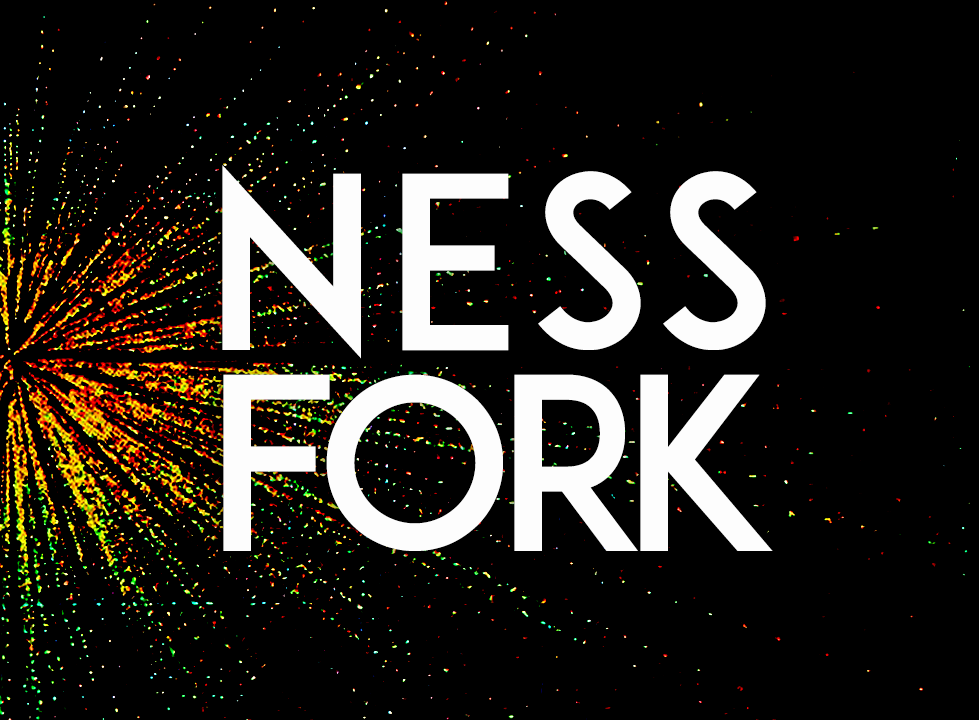Good News everyone, we crashed Randpay!
Also, we determined a winner who receives the NFT, a 1/1 mint to celebrate the first test-run of our Verifiable Random function. That much is true, our Ultra High Entropy Pseudo Random Number Generator, the coin hour payment method, the routing to emercoins File Validator and Randpay worked as expected. The randomness is verifiable and comprehensible by investigating the Emercoin and PrivateNess blockchains.
What happened? We uncovered a bug in the wallet service of the mainnet (false mainnet rejection), a fix has already been pushed: https://github.com/emercoin/emercoin/commit/c580ce289912ed1b2a1825d4e65ba88f9430c0e4
Consequently, we made it over the finish line by a manual count :
“Winner is the wallet that has the highest random number between:
vrf:sha256=c25a3209676970ab5b118357622097e720750b82c2efc7cebc1b0a60c4936fb7
and
ness:sha256=50fc90ac22cfbb6f0996eac1e5c6405de131ba90eb4b0b0dbad3f7ee90bb766d
Generated by key:
vrf:sha256=a23ac4cc7a71e43330e8dc94b43b428a3015184ad2e9cb21d0d6e3a7642c4e70″
…but we could not play out the fully automated scenario we wanted to demonstrate. We wanted to showcase a new kind of online transaction that is best illustrated with one revolver with 64 chambers of which 63 are empty. One chamber for each participant. Everyone has the same chance of ‘winning’ and everyone will ‘win’ at some point. The order is determined by 2 layers of pure chance. The random numbers generated by our PRNG determine the luck of each participant against the others. This is the inverse lottery model by Ron Rivest (1987).
By the time the Randpay fix is implemented and we can run our next transaction, NESS Coin Hours will be listed on XBTS – giving the mere time you hold NESS in your fiber wallet a monetary value AND a use case.



